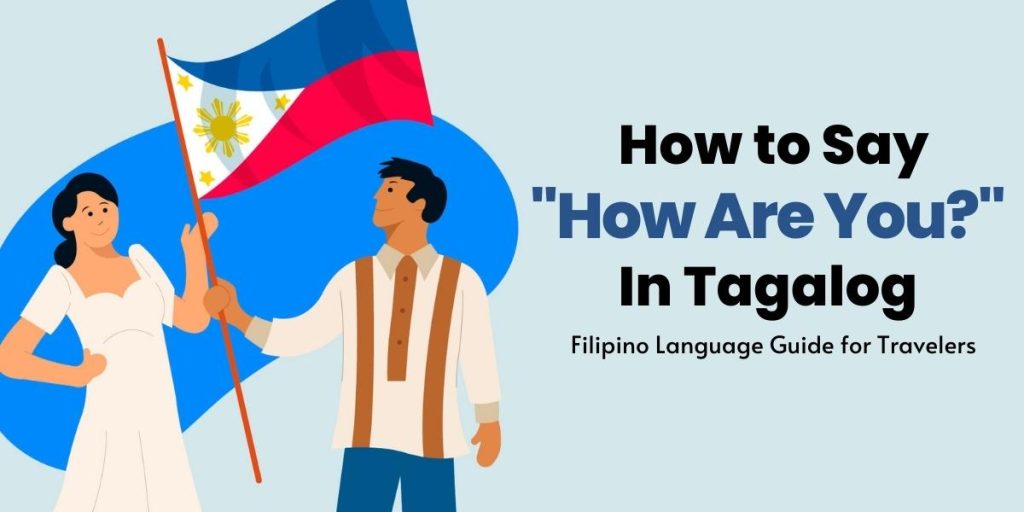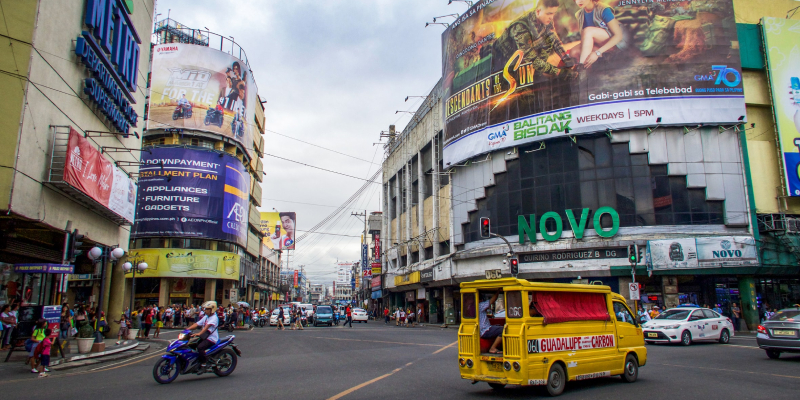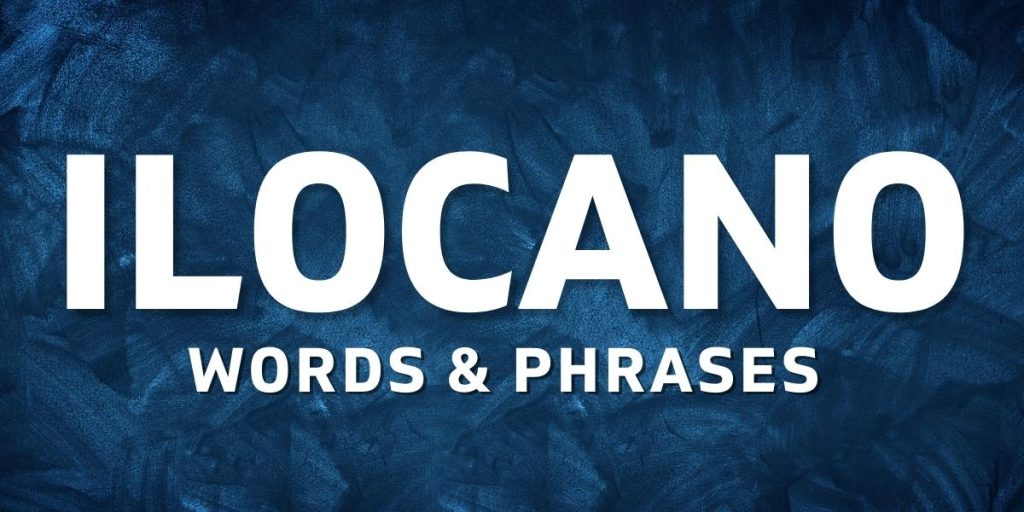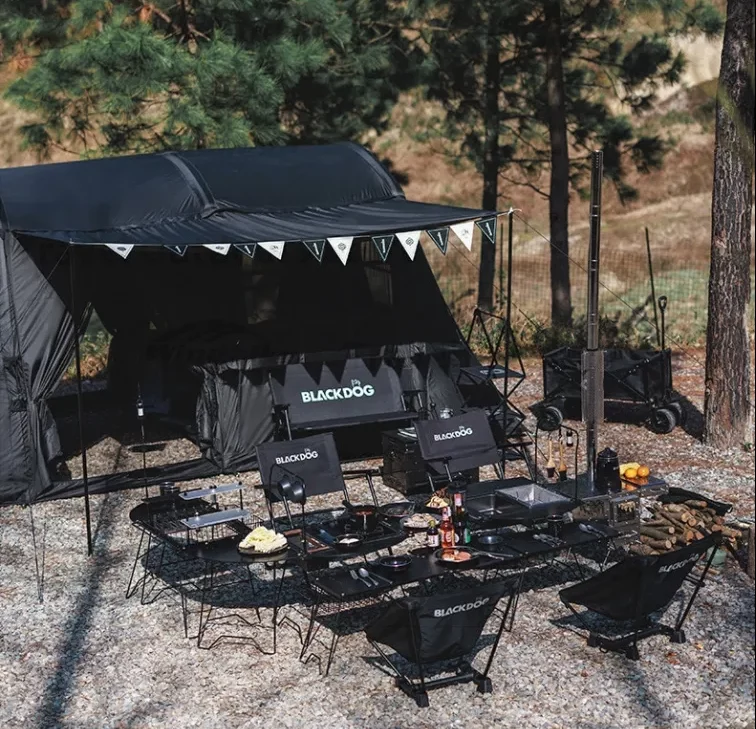If you’ve ever traveled to the Philippines before, you must have searched for “How Are You in Tagalog” more times than you’d want to admit.
And that’s fine!
Heading over to a foreign country without knowledge of their language can be quite difficult. There’s always this worry of language barrier, which can affect how you shop, eat, and travel in a foreign country.
You won’t need to worry about differences in language that much when you’re in the Philippines!
Most Filipinos know how to speak English. Some may not be as fluent as the others, but most can hold simple conversations to accommodate tourists.
Now you’re probably wondering, “why would I learn Filipino for my travel?”
Well, for one, it shows that you’re interested in learning about their culture and way of life, even for a little while. It’s also a great way to impress your friends, both Filipino and non-Filipino alike.
And lastly, you might score lower prices from local shops when you learn how to speak their language!
But first, a little history lesson.


Filipino is the official language in the Philippines, which is often interchanged with Tagalog. The latter is a language commonly used in Luzon, while the former is how the official national language is called.
While Tagalog is noticeably the backbone of Filipino, it also follows grammar and has words from other languages in the Philippines like Cebuano, Waray, Kapampangan, Ilocano, etc. and some influences from foreign languages like Spanish, Chinese, Arabic, and English.
In essence, there are more or less 180 languages and dialects in the Philippines. Because of the Philippines’ archipelagic nature, many different cultures and languages are born in each province and region.
In this article, we’ll talk about the most useful Filipino phrases you’ll need for traveling (and yes! They’re more than just “mabuhay!”), along with a direct translation to English, examples, and explanations on how to use them properly.
Greetings & Introductions
New to the country? No worries!
Here are some phrases you might use when introducing yourself to someone while on your trip.
Getting to know the locals is highly encouraged when traveling! Who knows? You might even find yourself a new travel companion!
Filipino: Magandang Umaga/Hapon/Gabi
English: Good morning/afternoon/evening
Filipinos are very warm and welcoming people, and chances are, you’ll hear this when you bump into them on the street.
You can also use magandang araw, which translates to “good day!”
Filipino: Kamusta?
English: How are you?
Derived from the Spanish phrase “¿Cómo estas?” kamusta is another way to greet locals.
Filipino: Ako si (Your Name).
English: I am (Your Name).
The phrase Ako si (Your Name) is the simplest way to introduce yourself in Filipino.
You can also use Ang pangalan ko ay (Your Name). (My name is _______.) if you want to sound more formal.
If you want to ask someone their name, you would ask Anong pangalan mo?
Example: Ako si Bianca.
Filipino: Taga- (Your Hometown/Country) ako.
English: I am from _______.
This phrase works in different contexts, like answering where you’re studying or working, but this is usually used when answering where you’re from (hometown/country). If you want to ask where someone is from, you would ask, taga-saan ka?
Example: Taga-Australia ako.
Other Useful phrases:
Filipino: Pwedeng magtanong?
English: Can I ask a question?
Filipino: Salamat!
English: Thank you!
Or
Filipino: Maraming Salamat!
English: Thank you very much!
Filipino: Walang anuman.
English: You’re welcome.
Filipino: Oo/Hindi
English: Yes/No
Directions and Traveling


Unless you’re part of a traveling group, using the public transportation system is integral when exploring a new place. It can get a bit overwhelming and terrifying at first, but once you know these basic phrases, you just might find yourself in wonderful places your itinerary did not cover in the first place.
Filipino: Saan ang terminal papuntang (location)?
English: Where is the terminal going to (location)?
This question is often asked when you’re looking for the terminal going to a certain place.
Example: Saan ang terminal papuntang Baguio?
Filipino: Saan ang terminal ng mga (vehicle)?
English: Where is the (vehicle) terminal?
This phrase, on the other hand, is used when you’re looking for the terminals of a certain transportation vehicle.
Example: Saan ang terminal ng mga tricycle?
Filipino: Paano magpunta sa (certain place)?
English: How do you get to (certain place)?
Example: Paano magpunta sa Quiapo?
Filipino: Magkano po ang pamasahe hanggang (location)?
English: How much is the fare to (location)?
Example: Magkano po ang pamasahe hanggang Quiapo?
Filipino: Kaliwa/Kanan
English: Left/Right
When asking for directions, you might hear these words. You may also encounter the words liko or lumiko (turn or make a turn) and diretso or dumiresto (straight ahead).
For example: Kanan po kayo tapos dumeretso. (Turn right, then straight ahead).
When riding tricycles/taxi cabs:
Since tricycles and taxi cabs can only accommodate very few passengers at once, you can ask them to directly bring you to your destination.
Filipino: Sa (location) po.
English: To (this location), please.
Example: Sa Cubao po.
Filipino: Paki-hatid ako sa (location).
English: Please bring me to (location).
Example: Paki-hatid ako sa Cubao.
When riding the Jeepney:
Filipino: Para po.
English: This is my stop.
Most jeepneys have buttons or ropes that you would have to push or pull to signal the driver to stop. If they don’t, you’ll just have to do it the old-fashioned way, by saying “Para po.”
You can also say “Sa tabi lang po,” or “Sa may babaan lang,” (to the nearest stop, please).
Filipino: Paki-abot po ang bayad ko.
English: Please, hand over my payment to the driver.
When riding the LRT/MRT:
When riding the train, you’d have to buy your tickets at a cashier/information desk. From there, you can ask these questions, should you find the need to. Other personnel on the train wouldn’t be able to answer your question accurately, so be sure to ask your queries at the information desk before you board the train.
Filipino: Magkano po ang ticket hanggang sa (location’s) station?
English: How much is the ticket to the (location’s) station?
Example: Magkano po ang ticket hanggang sa Santolan station?
Filipino: Saang station ako dapat bumaba?
English: Which station should I get off at?
Shopping
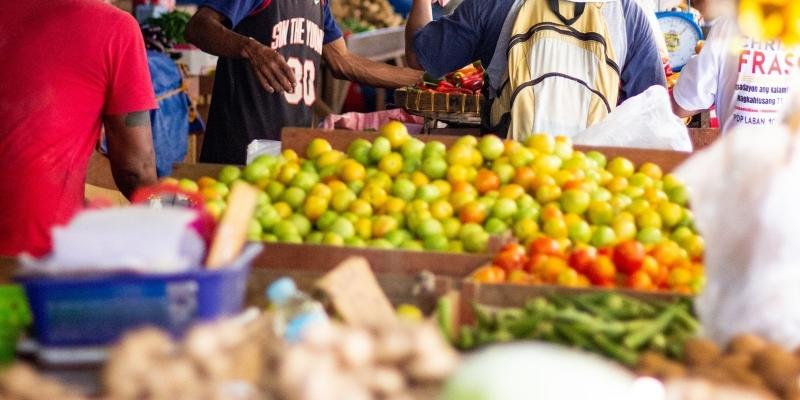

Going home without souvenirs may just be the greatest mistake you’ll make when traveling. It’s a great thing, then, that the Filipinos are creative people and you can bring home almost anything from keychain to t-shirt to personalized paraphernalia. Here’s how you can make your purchase transactions smoother:
Filipino: Magkano po sa (item)?
English: How much is this (item)?
This phrase is used when you are looking for a certain item. If you’re already holding the item, you can ask magkano po dito? instead.
Example: Magkano po sa sapatos (shoes)?
Filipino: May tawad pa po ba?
English: Can you give me a discount?
Most of the time, you can haggle the price down to a more reasonable one when you ask for tawad. This works best on tourist-y places and marketplaces.
Other useful Shopping phrases:
Filipino: Pwede ko ba itong isukat?
English: May I try this on?
Filipino: May mas malaki/maliit kayo nito?
English: Do you have a larger/smaller size?
Filipino: Meron po kayong (item)?
English: Do you sell this (item)?
Example: Meron po kayong pantaas na pambabae?
Other words:
- Sapatos – shoes
- Damit – clothes
- Pantaas – top/T-shirt/blouse
- Pantalon – pants
- Pambabae – for women
- Panlalaki – for men
Food and Restaurants
Traveling and sight-seeing can make you famished real quick. Below are some phrases you can use when you’re buying from a street food stall, a carinderia (eatery), a fast food joint, or even a fine dining restaurant.
Filipino: Gusto ko umorder ng (food).
English: I want to order (food).
Example: Gusto ko umorder ng fried chicken.
Filipino: Maanghang ba ito?
English: Is this spicy?
You can also change the adjective (in this phrase, maanghang is the adjective) to ask about the food. Here are some words you can use: matamis (sweet), maalat (salty), maasim (sour).
Filipino: Allergic ako sa (food).
English: I’m allergic to (food).
Example: Allergic ako sa seafood.
Filipino: Pwede ba akong makahingi ng _______ (food/item)?
English: Can I have _______?
Example: Pwede ba akong makahingi ng kutsara’t tinidor?
Other useful Dining Phrases:
Filipino: Gusto ko ng fast food.
English: I want fast food.
Filipino: Magbabayad na po kami.
English: We will be paying now.
Other words:
- Baboy – Pork
- Manok – Chicken
- Baka – Beef
- Isda – Fish
- Hipon – Shrimp
- Kanin – Rice
- Kutsara’t tinidor – Spoon and fork
Payments
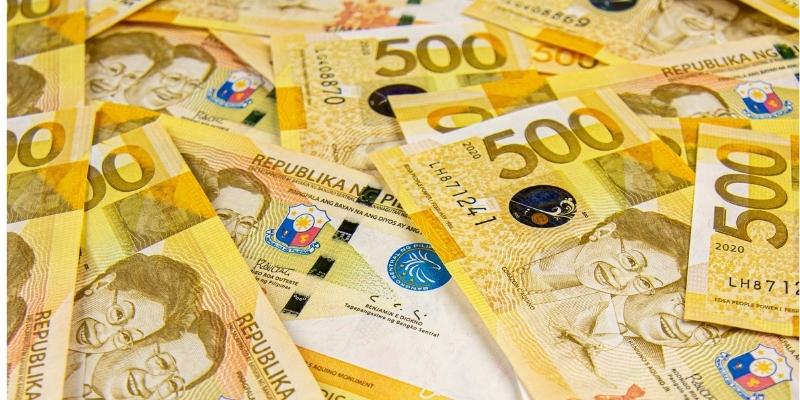

Money is not always easy to come by, that’s why clear communication between the vendors and buyers is important. Here are a few phrases and questions you can utilize when making purchases on your trip.
Filipino: May sukli po ba kayo sa (amount)?
English: Do you have change for (amount)?
This can be used when you’re purchasing something from small shops or local vendors, especially when you only have big bills, like Php 500 or Php 1000.
Example: May sukli po ba kayo sa limang daan (500)?
Other useful Payment phrases:
Filipino: Tumatanggap ba kayo ng card?
English: Do you accept cards?
Filipino: Ito po ang bayad ko.
English: Here is my payment.
Filipino: Nasaan po ang sukli ko?
English: Where is my change?
Names for Philippine peso denominations:
- Piso – One peso
- Limang piso – Five pesos
- Sampung piso – Ten pesos
- Bente – Twenty
- Singkwenta – Fifty
- Isang daan – One hundred
- Dalawang daan – Two hundred
- Limang daan – Five hundred
- Isang libo – One thousand
Others
Let’s face it—you’re not going to be the best in Filipino in your few weeks’ stay in the Philippines, and you’ll probably have to ask someone to repeat what they said, this time in English. Here are a few phrases you may need when you’re a little lost in translation, and a brief explanation on using po and opo.
Filipino: Marunong ka ba mag-Ingles?
English: Do you know how to speak English?
Filipino: Kaunting Tagalog/Filipino lang ang alam ko.
English: I only know a little bit of Tagalog/Filipino.
Filipino: Pwedeng paki-ulit ang sinabi mo?
English: Can you repeat what you said?
Filipino: Anong ibig sabihin nito sa Ingles?
English: What does this mean in English?
Po/Opo
Filipinos are very polite people, and chances are that you’ll hear po and opo thrown around in between sentences.
In the most basic sense, opo is the polite version of the word oo (yes). Po, on the other hand, is often used after a verb to make it more polite.
For example, the phrase Marunong ka ba mag-Ingles? (Do you know how to speak English?) Can be modified to Marunong ka po ba mag-Ingles?
Po and Opo are often used when speaking to older people, people of authority, strangers, and other respected individuals.
Bottomline…
The Philippines is a country rich in culture, awe-striking sceneries, and beautiful languages. Tourists are not expected to speak Filipino, the country’s national language, but locals are very happy to hear foreigners try to immerse themselves in the Filipino’s way of living.
This article went through the basic phrases you can use to greet others, buy food, shop, and go to different places.
All that’s left to do is go to a place where you can practice your newly learned Filipino phrases. We wonder where that is?
